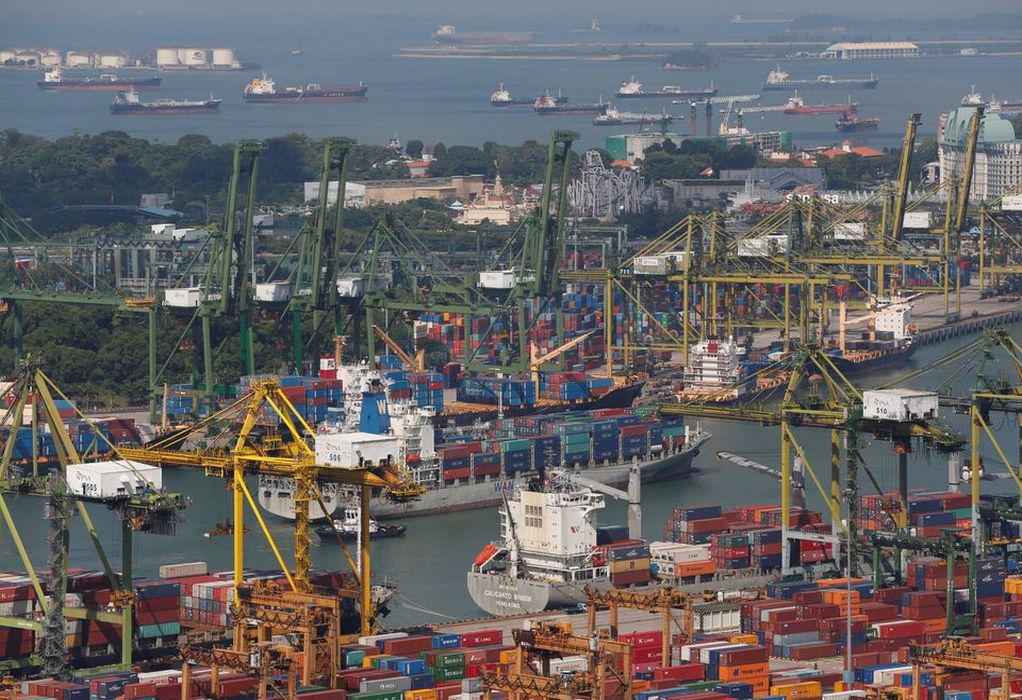It is likely that the shipping industry will find it challenging to secure an adequate supply of carbon-neutral fuels in the future, according to DNV’s new Maritime Forecast to 2050.
Increasing regulatory pressure to decarbonise, including stricter targets set by the International Maritime Organization (IMO) this July, means the shipping industry now needs to achieve a 20% reduction in emissions by 2030 and net-zero emissions by or around 2050.
To meet the anticipated demand of 17m tonnes of oil equivalent (mtoe) annually by 2030, the maritime sector needs to access a staggering 30-40% of the projected worldwide carbon-neutral fuel supply. DNV said that the shipowners must focus beyond fuels, and on what could be done to achieve energy efficiencies and carbon emission reductions.
The forecast presents an updated look at a range of regulations and drivers for the decarbonization of shipping, the most important being new IMO regulations, the inclusion of shipping in the European Union’s (EU) Emissions Trading Scheme and incoming well-to-wake requirements. These regulations will increase the operational cost of using carbon fuels, incentivising shipowners to put plans in place today to reduce their carbon output.
According to DNV, the sector can adopt operational energy efficiency measures to overcome decarbonization challenges such as air lubrication systems and wind-assisted propulsion. The latter has already been installed on 28 large vessels, delivering fuel savings of between 5-9% to date. The potential when retrofitted on existing ships can reach 25%. Air lubrication systems are installed on or ordered for more than 250 vessels in total.
Technologies such as onboard carbon capture and storage and nuclear propulsion can also address the competition for sustainable biomass and renewable electricity. A DNV study showed that onboard carbon capture can be operationally feasible for a large container vessel using 4,000 cu m of CO2 storage on board, offloading it twice per trip from Asia to Europe, and annually capturing 70% of the carbon dioxide. As for nuclear-powered vessels, there are 160, mostly naval, in operation today.
Other findings include that a fuel technology transition is already underway, with half the ordered tonnage capable of using LNG, LPG, or methanol in dual-fuel engines, compared to one-third of the tonnage on order last year.
For ships in operation, 6.5% of tonnage can now operate on alternative fuels, compared to 5.5% last year. The uptake of methanol and LPG is also starting to show in the statistics together with the first hydrogen-fuelled newbuilds.
Also, large volumes of carbon-neutral fuels will be needed to decarbonize shipping, and the production of these fuels will be a key challenge. Currently, only 0.1% of fuels used by merchant shipping are biofuels, while 99.9% are fossil fuels.
There are currently several ongoing demonstration projects for ammonia-fuelled ships, and a growing pipeline of ammonia-fuelled ships soon to hit the order book.
Tags: Carbon-neutral, Fuel, Shipping, shortage



Recent Posts
GCMD Publishes Insights from Landmark Ammonia Transfer Trial Off Western Australia
GEODIS Releases 2024 Activity and Sustainability Report, Reaffirms Climate Commitment
Strengthening India-Norway maritime ties at Nor-Shipping 2025
Magenta Mobility appoints Nand Kumar Sharma to lead charging infrastructure & projects
CMA CGM Showcases Strategic Maritime Initiatives with India During Secretary MoPSW’s Visit to Marseille
Port of Brisbane Unveils Vision 2060 to Drive Smarter, Cleaner, and More Connected Future
Wärtsilä to Deliver Hybrid Propulsion Systems for Vertom Group’s New Low-Emission Vessels
Latvian port receives electric Konecranes Gottwald Mobile Harbor Crane